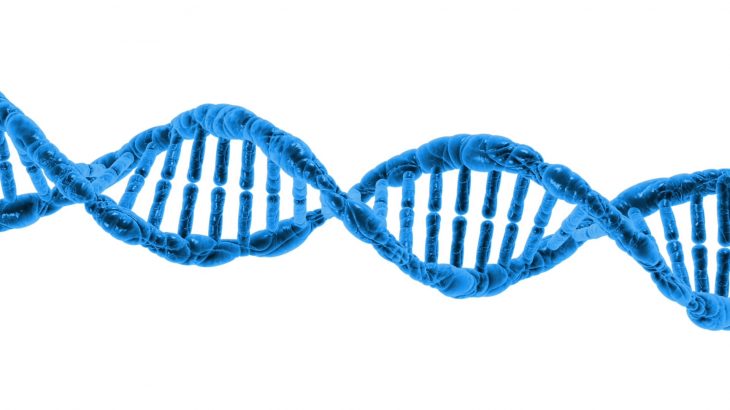After water, protein is the next most abundant
substance found in the human body. In fact, some experts predict that the human
body produces anywhere between 20,000 and 100,000 different types of proteins. That doesn’t include all of the various
proteins found in our food sources, biopharmaceuticals, and those produced by
other living organisms around us. Protein, as it turns out, is everywhere.
The world proteome – the index of all proteins on Earth – is gaining new
species every day. That is one of the reasons why it is so important to catalog
the characteristics of these proteins. One of the most important
characteristics of a protein is its structure. Protein structure is capable of
constant change, and these changes determine a protein’s stability.
What Is Protein Stability Analysis?
Protein
stability analysis assesses the net forces that determine whether a protein
will remain in its native folded configuration or in its unfolded state. A
protein in its natural state, with all of the properly folded amino acid chains
in its final shape, may not always stay that way. A denatured – or unfolded –
protein may further unfold and change in shape over time.
These structural changes affect the overall function of the protein. A
denatured, unfolded protein may not be able to perform all of the original
duties of the native protein or may perform them differently. For industries
that commonly utilize the study of proteins and their interactions with the
human body or other substances, such as the pharmaceutical, biotech and food
industries, the ability to predict the stability and structure of a protein is
crucial.
When a pharmaceutical company is testing a new drug, they must be very aware of
the things that can cause a protein to shift in structure. Things like improper
storage can cause proteins to fail to act as they would inside the human body.
This can result in researchers seeing a false representation of the actual
effects of a drug on the body. For this and many other purposes, it is
essential to be able to predict protein structure.
How Is Protein Stability Analyzed?
Due to the increasing importance of protein stability analysis, multiple methods have arisen to undertake this task.
- Differential scanning calorimetry. DSC is one of the methods researchers use to determine protein stability. This method measures the amount of heat required to denature a protein; the higher the thermal transition midpoint, the more stable the protein is.
- Differential scanning fluorimetry. DSF measures changes in the fluorescence of a dye (SYPRO Orange is most commonly used) which binds to hydrophobic regions of solvent that become exposed during protein denaturation.
- nanoDSF is a method similar to DSF which measures tryptophan or tyrosin fluorescence that is intrinsic to the protein, rather than an introduced dye. This method allows assessment under native conditions.
- Pulse-chase method. This method is a more traditional means of assessing protein stability that involves labeling cells with radioactive precursors and then measuring its half-life. Other similar methods include the bleach-chase method and the cycloheximide-chase method, both of which involve adding non-radioactive substance and monitoring the protein’s half-life.
- Circular dichroism spectroscopy. CD spectroscopy measures the differences in the absorption of left-handed and right-handed light that arises from the protein’s changing shape. This method is fairly common due to its low sample size but it often produces low-resolution results.
Increased knowledge about proteins can help researchers understand the basis for complex diseases, assist in the manufacturing of new and improved drugs, and guide the food industry in developing more effectively engineering proteins for human consumption. Protein stability analysis is a key part of fueling this knowledge and is essential in understanding how the world’s proteins are built, change, and perform.









